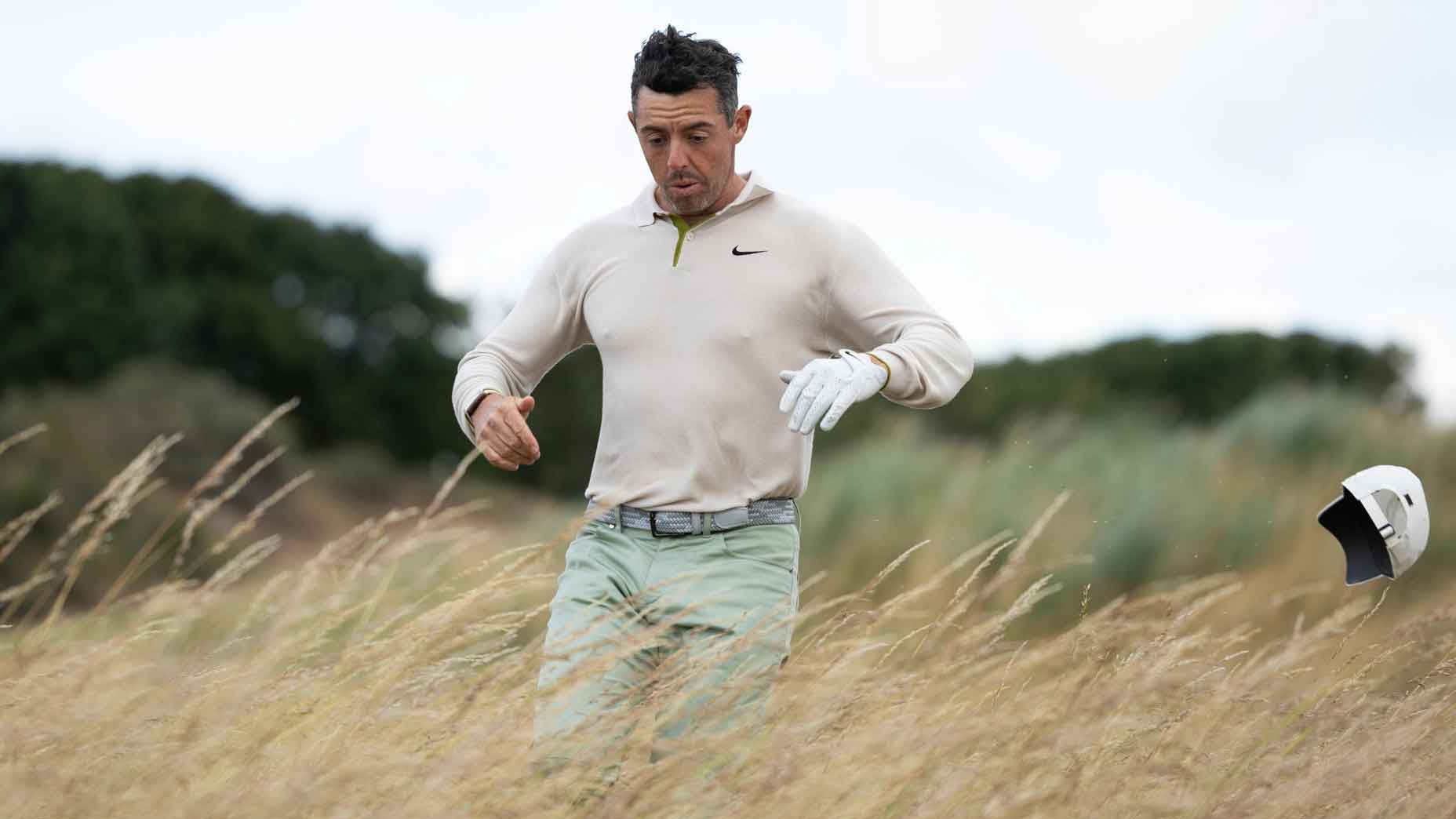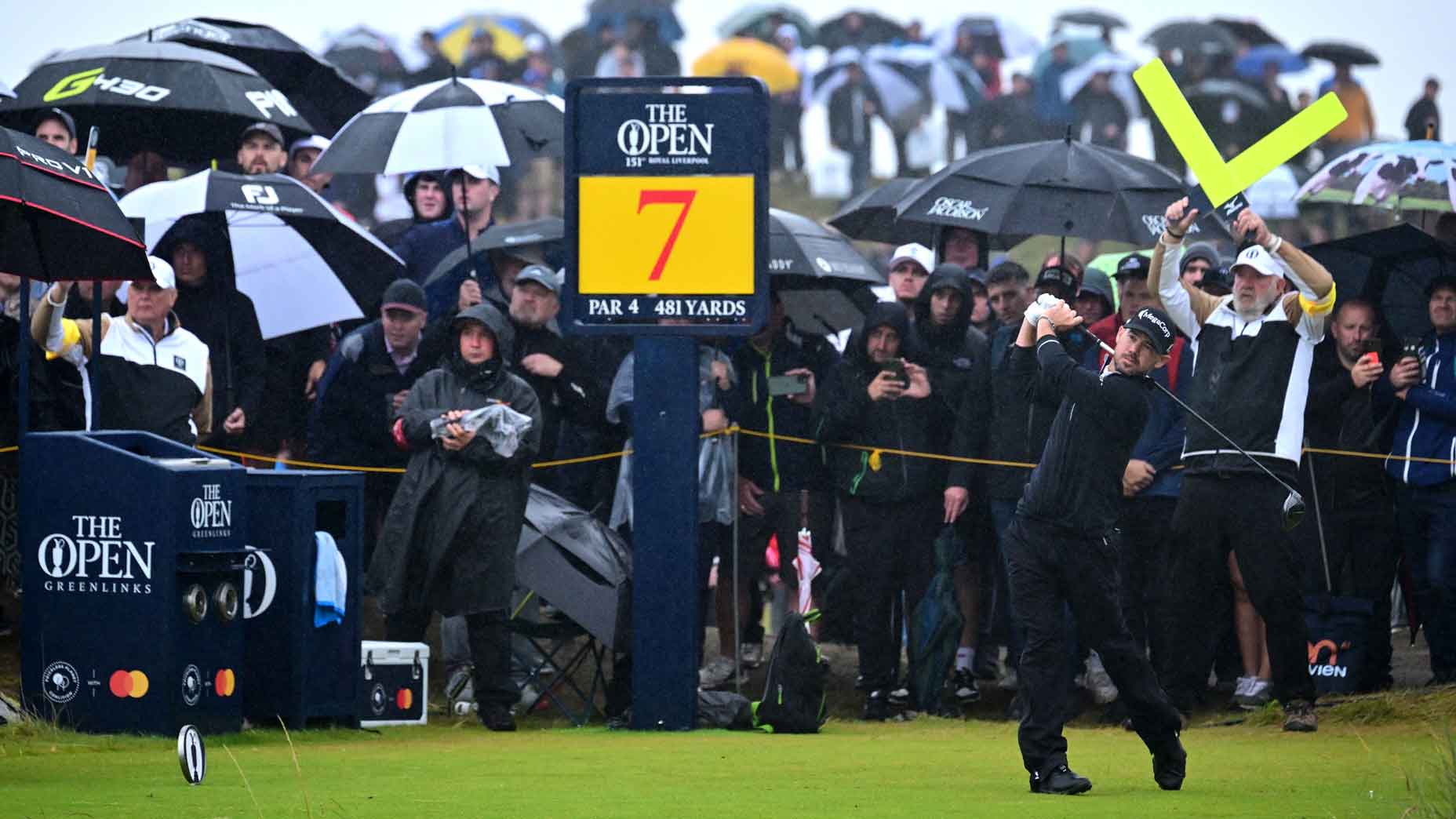Welcome to Golfer-to-Golfer, where we try to learn from all different kinds of avid players out there, in hopes that the rest of us can take away something that might improve our own games.
Playing golf in the wind is not easy. Every mistake is amplified and the margin for error is razor thin. The challenge is as much mental as it is physical.
One of the best things you can do for your game in the wind is to keep the ball down. The higher you hit your shot, the more the wind has a chance to affect it. Keeping the ball out of the jet stream is a must if you want to maximize your control.
10 ways to play your best in windy conditionsBy: Kellie Stenzel, Top 100 Teacher
The wind is a challenge all players face at the Open Championship. With links golf taking center stage for the final major of the year, fans get to see a different brand of golf than what is typical during the rest of the season. Stingers and bump-and-runs become the shots of choice, while high, ballooning strikes fall by the wayside.
One way that players lower their trajectories in the wind is by hitting knockdown shots. These flighted irons take a little bit of power off the shot, reducing spin and keeping the ball out of the wind.
Check out the video below from GOLF Top 100 Teacher Jonathan Yarwood for a breakdown on how to hit a knockdown iron.
Always windy at the 🇬🇧 Open! Here’s the simplest way to hit a knock down shot that pierces the wind 🙌🏼🔥#jonathanyarwood #golfswing #jy #golf @GOLF_com @golfmagazine @titleist @golfchannel #teamtitleist @golfdigest #golfdigest pic.twitter.com/7M8frbfq6I
— JonathanYarwood (@JonathanYarwood) July 18, 2023
“If you can pitch, you can hit a low little punch shot,” Yarwood says.
As Yarwood explains, all you need to do to hit a low knockdown is swing like you’re hitting a pitch shot — but do so with an iron.
“You’re going to make the same swing as if you’re hitting a 54,” he says. “You’re going to set up the same as well.”
Slightly open your feet with the ball back in your stance and keep your weight forward. Grip down a bit and use a square face as well. Then, make the exact same swing as you would when hitting a pitch shot.

Srixon Q-STAR TOUR Golf Balls
“Use your pitch swing pace,” Yarwood says. “What you don’t want is a lot of speed and a lot of violence, because that creates too much spin, and spin acts against the wind and elevates the ball. You’re trying to hit almost a knuckleball.”
When you make the softer swing, the spin will be reduced which will help you keep it out of the wind.
“You’ll hit a guaranteed low little burner,” Yarwood says. “Really low spin, really low trajectory that’s going to cut through the wind.”











